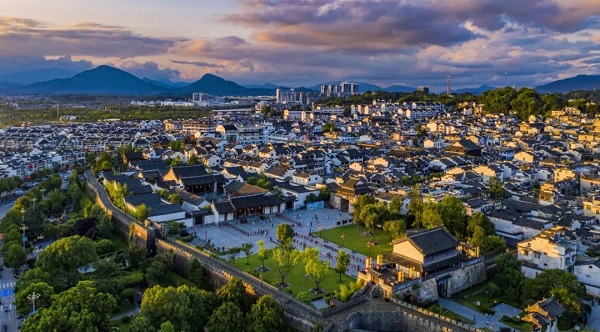
Shexian's bold move to issue free tickets to its main tourist spots has really paid off in the county, located in Huangshan city in southern Anhui province.
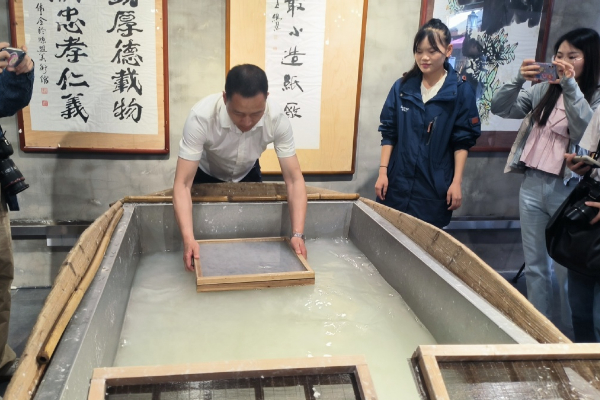
Qiyun tourism town, located at the foot of the Taoist Qiyun Mountain in Xiuning county of Huangshan city, Anhui province, has gathered a group of intangible cultural inheritors to offer hands-on experiences of ancient skills and lifestyles passed on in the Huizhou culture, which date back to around 800 years ago, to tourists and students.

Huangshan city in Anhui province has deepened its commercial cooperation with its partners in Malaysia, signing a memorandum of understanding at the Keemun Black Tea Promotion and Exchange Meeting, held in the city of Kuala Lumpur on May 14.
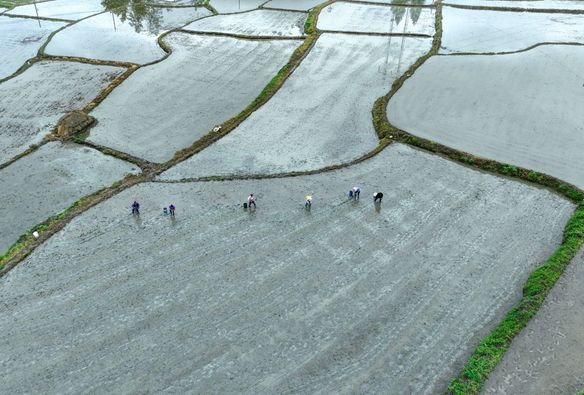
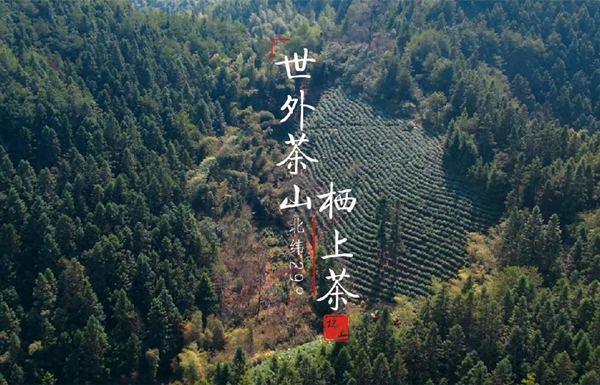
Dubbed by many as a place that is "Wonderland on Earth" and a "Health Utopia," Kengshang village boasts 160 hectares of superb-quality tea gardens grown in 80 percent humidity.

The city of Huangshan is reaping great results at the ongoing 16th Anhui International Tea Industry Expo – which kicked off on May 5 in Hefei city, the capital of East China's Anhui province and runs through to May 8.
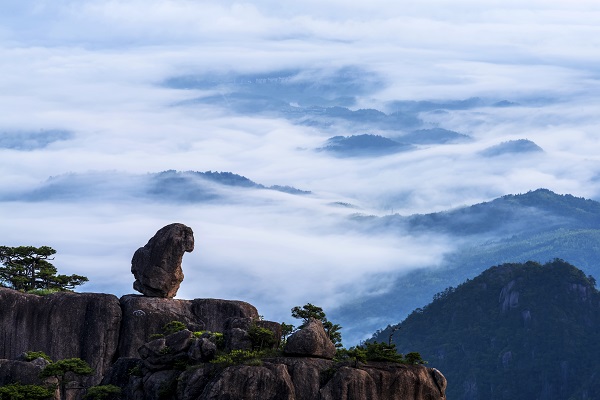
To increase parking for tourists, Shexian county of East China's Anhui province opened 22 parking lots in government buildings to the public for free starting Monday.
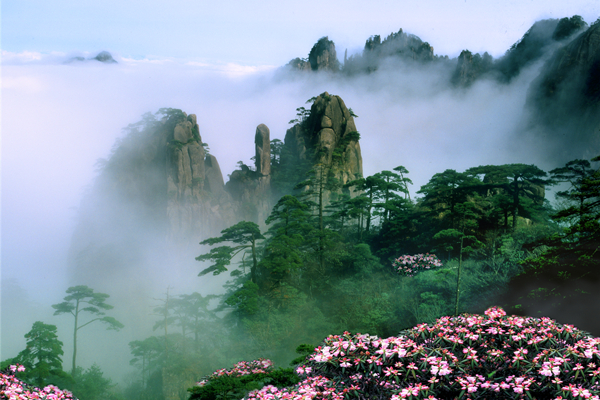
As the five-day May Day holiday is around the corner, here are some tips for tourists to better explore Huangshan Mountain Scenic Area in Huangshan city, Anhui province.